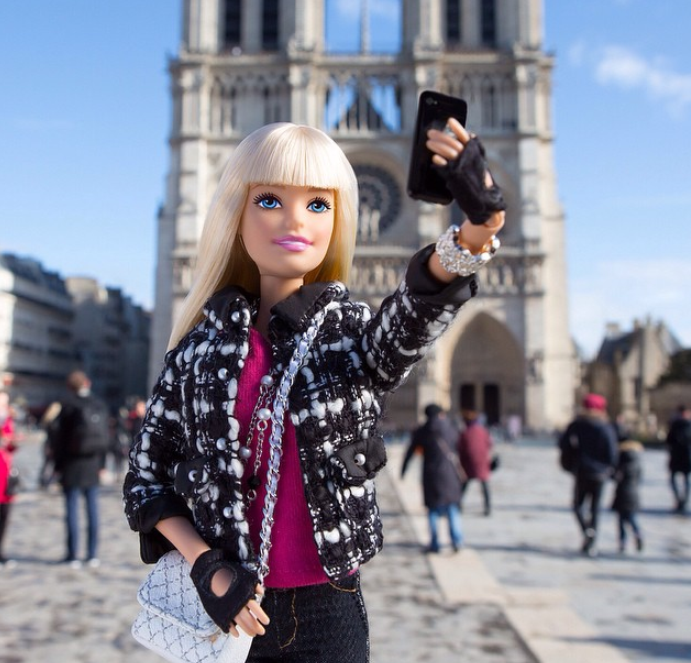Your Half Used Hotel Soap Bars Are Recycled So They Can Help “Clean The World”
April 20, 2015 in Daily Bulletin

Barbara DeLollis and Keri Anderson wrote about the “Clean the World” initiative:
- Hotels that sign up collect their used soaps, shampoos, and other products.
- The products are then sterilized. Depending on their state of use they are repackaged, or melted and reformed. These are then donated to those that can use them.
- It’s a global initiative – Sands China has collected over two tons of products.
Source: USA Today, Boarding Area

















Join the Discussion! (No Signup Required)